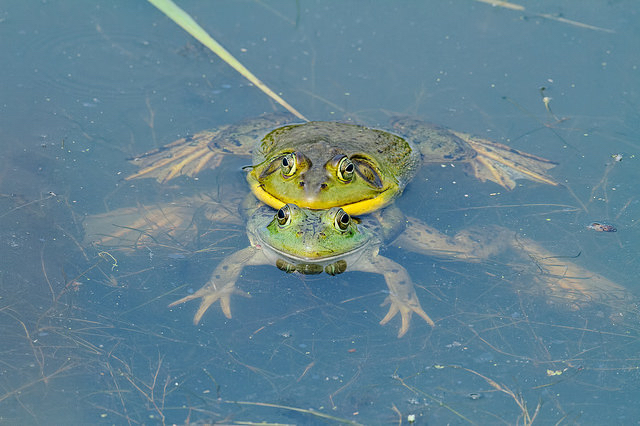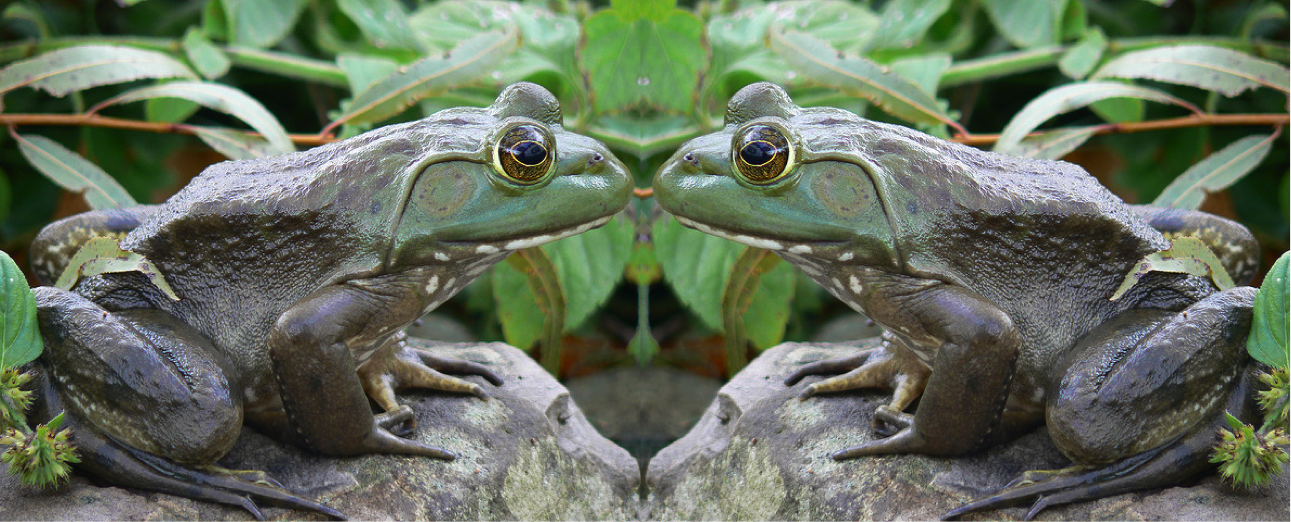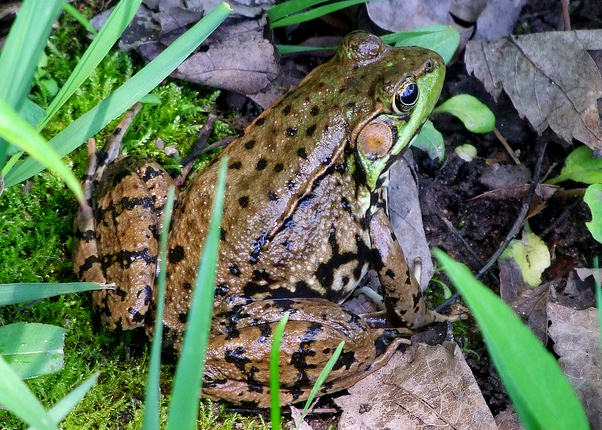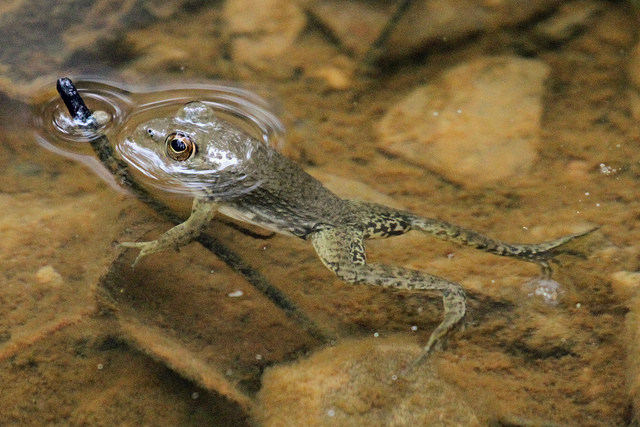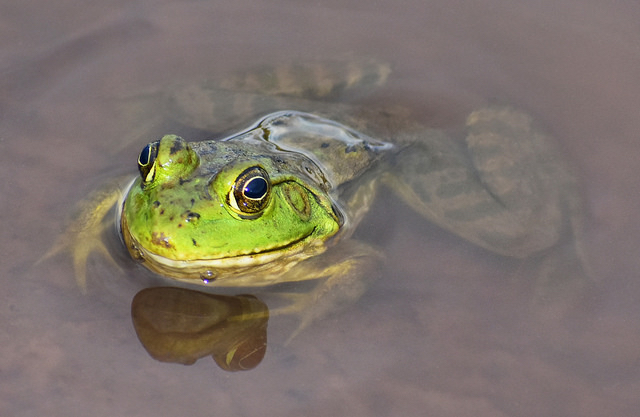BY KIERAN LINDSEY, PhD
I say potato, you like potahtos. You wear pajamas, I wear PJs. And a rose by any other name, we’re told, would smell equally sweet. So does it really matter that we all agree on what to call an American bullfrog?
“HELL, YEAH!”
That’s the collective cry of taxonomists around the globe raising their voices in indignant protest. (Yes, these are men and women of strong, science-based convictions.) You see, to a biologist who studies the classification of organisms, names are not at all trivial… but they should all be binomial.
Swedish botanist Carl Linnaeus is credited with introducing this ubiquitous classification system, based on bestowing a unique two-word Latin name upon each species, precisely to avoid the kind of misunderstandings that arise when you say ersters and I say oysters.
Or, for example, when one scientist is talking about a fish using one of its common names, “dolphin” (Coryphaena hippurus, aka mahi-mahi, dorado, pompano), and another scientist hears “dolphin” and thinks of a perpetually-smiling bottlenose marine mammal (Tursiops truncatus).
And yet, despite Carl’s best efforts, disagreements persist. As in the case of the American bullfrog, whose official Latin name (Rana catesbeiana or Lithobates catesbeianus, depending on whom you ask) is more likely to be disputed and cause confusion, ironically, than its common name.
The quibble over nomenclature began about 10 years ago and quickly became a quarrel. Darrel Frost, Herpetology Curator at the American Museum of Natural History, suggested a conceptual leap that would divide members of the genus Rana, which includes bullfrogs, into nearly a dozen new genera. Many of Frost’s colleagues, unconvinced that his argument held water, refused to jump into the newly proposed systematics pond.
In response, feelings, opinions, and counter-claims have been aired publicly in peer-reviewed journals. Several years ago, a group of international researchers created a consortium to promote their own preferred adaptation of the froggy family tree. The taxonomy community still hasn’t managed to harmonize this chorus, which is why she says Rana and he says Lithobates.
But hold on… let’s not call the whole thing off just yet.
Because, of course, a bullfrog doesn’t need a taxonomist to know exactly who he or she is… once s/he reaches a certain age, anyway.
Sure, there may be some gender ambiguity early on but that’s common among young amphibians. Their sex is determined genetically, although research suggests that for many frog species, exposure to environmental estrogen or variations in water temperature during tadpole-hood can induce male-to-female or female-to-male transitions. Self awareness doesn’t always come easily, and it can take some time for those gender identity questions to work themselves out. Bullfrog development is relatively slow—one to three years from egg to adult, and another two years to reach sexual maturity.
By the time they’re ready to procreate, however, males and females have definite, discernible physical differences. Males are smaller than females, their tympana (external eardrums) are larger than their eyes, and when in breeding condition their throats are yellow; female tympana are equal or smaller in size than their eyes, and their throats are white. There are behavioral distinctions as well—male bullfrogs are territorial over the summer mating season, and quite vocal about it, too; females are relatively silent, although older gals have been known to sing along with the guys. (I have a sneaking suspicion their favorite tune is If I Were A Boy.)
